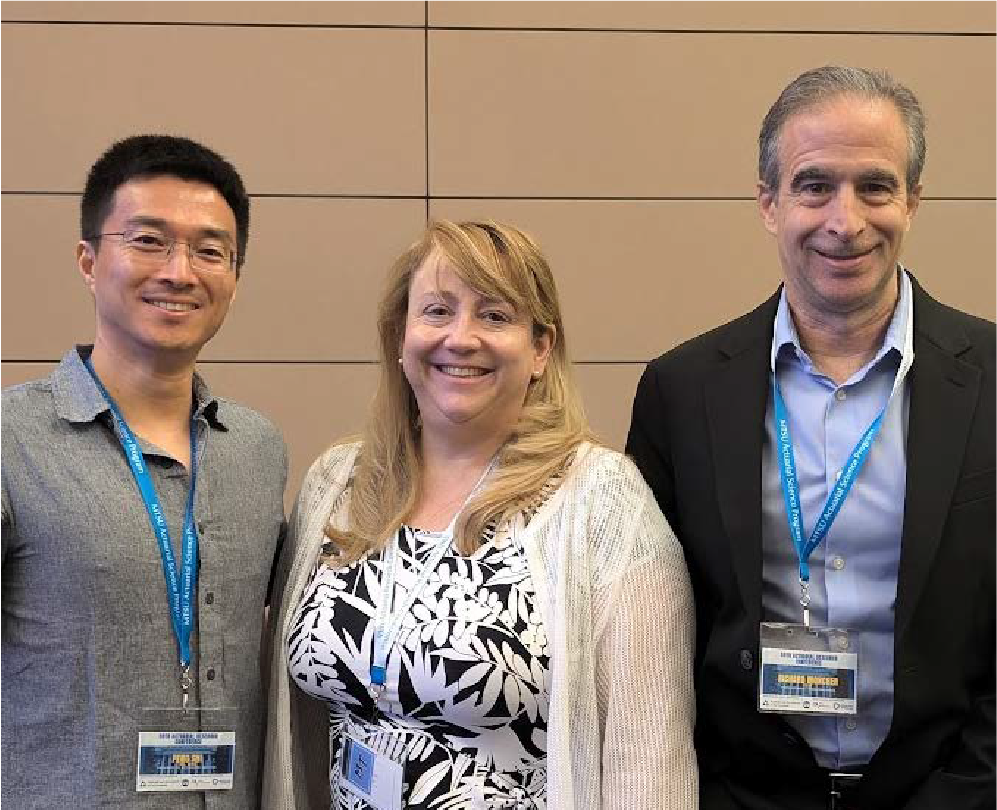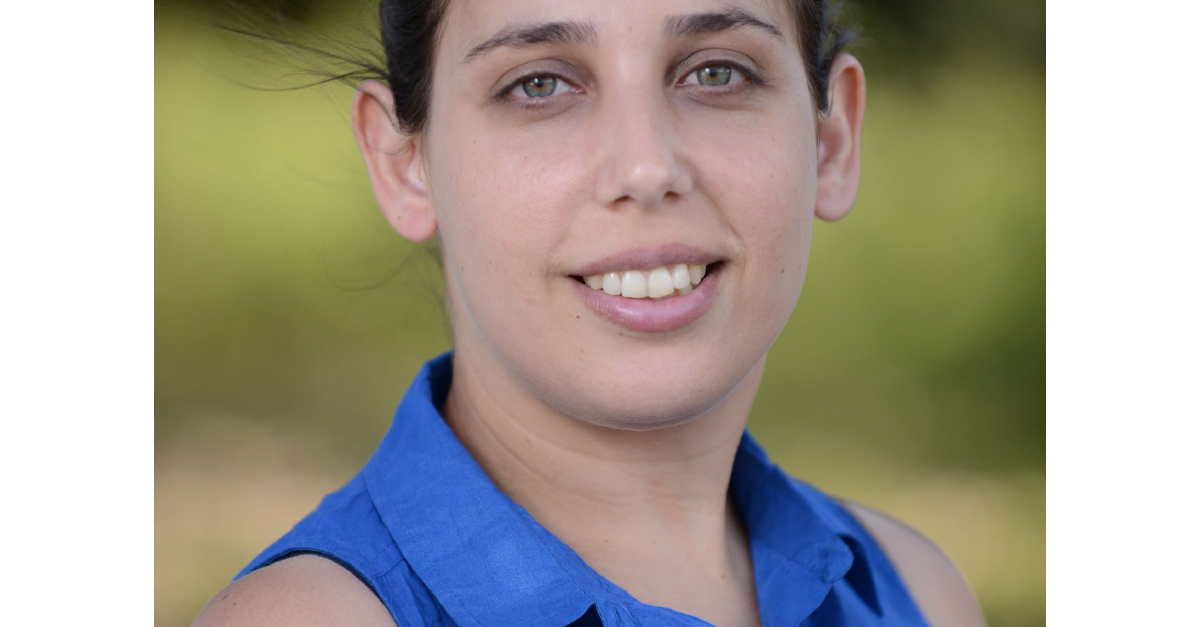CAS research evolves to meet the changing needs of property-casualty actuaries.
The CAS — the premier property-casualty actuarial research organization worldwide — is evolving to meet the changing needs of P&C actuaries and the insurance industry they serve.
Thanks to new research initiatives by CAS Vice President-Research & Development Morgan Bugbee, along with the support of volunteers and staff, fiscal year 2024 represents a new chapter in the CAS’s proud 110-year history of providing research to further actuarial practice.
To expand CAS research, Bugbee is building upon initiatives by previous past vice presidents-research & development and deploying some new ones as well. For instance, Bugbee’s predecessor, Jim Weiss, the current editor-in-chief of Actuarial Review, suggested that the CAS offer funds to support research when inspiration strikes.
In response, last summer, the CAS launched its new Quick Start Research Grant Program to give researchers the opportunity to submit a proposal at any time. The proposal is directed to the appropriate research working group with the goal of notifying researchers within six weeks of submission. Awards can be up to $50,000.
Another initiative to include open-source code in CAS projects, suggested by Weiss’s predecessor, Avi Adler, is now a regular requirement for CAS-funded research. Including code along with traditional research papers is where quantitative research is heading, Bugbee says. Terry Robinson, chair of the Reinsurance Working Group, shares Bugbee’s enthusiasm. “GitHub repositories, code samples, attached spreadsheets, and illustrative walk-throughs fill in a vital step in converting research to application,” he said. “I’m pleased to see that many requests for proposals (RFPs) now require this step.”
Open-source code fueled the machine learning community to accelerate its progress, Bugbee observes, and he believes the actuarial field can benefit in the same manner. “We need to take copious notes and learn how to create a similar virtuous cycle flourishing within actuarial work,” he adds.
Further, providing code also enables researchers to more easily build on the prior work of others. “The only way to verify the accuracy and validity of a piece of research is to be able to review the code that accompanies the paper,” Bugbee explains. Code addresses the current reproducibility crisis taking place in research and academia. “Sharing a project’s code goes a long way to solving this crisis,” he adds.
Bugbee is also challenging the organization’s research working groups to develop RFPs that encourage researchers outside the actuarial domain, such as economists or social scientists, to offer solutions and perspectives to facilitate knowledge transfer for actuarial applications. Another type of RFP encourages research working groups to identify large-scale research projects to garner new insights.
Per the request of Canadian members, the CAS is also encouraging researchers to provide Canadian-specific research, when possible, in projects that apply to North America. Beyond the continent, the CAS is conducting research for issues CAS international members are facing, such as analyzing the implications of IFRS-17 accounting standards and the impact of climate change.
“The CAS is uniquely positioned to give direction to research that is instrumental in raising the profile and the usefulness of the actuarial profession in the property and casualty insurance industry,” observes Alp Can, FCAS, chair of the Climate Index Task Force, which produces the Actuaries Climate Index (ACI). Currently, the task force, which is jointly sponsored by the CAS, Society of Actuaries, American Academy of Actuaries and the Canadian Institute of Actuaries, is working on the ACI’s Version 2.0 to provide even greater insight to aid actuaries and the general public.
According to the most recent CAS Quinquennial Survey, released in April, CAS members are clamoring for more information about artificial intelligence, macroeconomic trends and climate risk. “CAS members have voiced their desire for more climate risk education in the quinquennial survey. We are getting up to speed on a myriad of climate-related issues, from risk assessment techniques like scenario analysis to how we can contribute to the building of climate-resilient infrastructure,” Can said.
The interest in artificial intelligence research has sparked a new artificial intelligence working group, which the CAS Executive Council approved in August. Mario DiCaro, FCAS, is the working group’s first chair.
CAS members can also expect to see more research on these topics in the future, along with additional papers regarding race and insurance pricing, reserving and technology, rating scalability, cyber insurance, machine learning and social inflation.
The CAS is also making process improvements to expedite research from ideation to publication. Specifically, the CAS has streamlined calls for papers and RFPs. When the research description and objectives are listed first, researchers can find out what they need to know more quickly. The CAS is also revamping the search capacity on the CAS website so members can locate vital CAS research and researchers can build on past work.
The CAS continues to support researchers by providing new data for research purposes and several opportunities for publishing their work. Stressing the value of the CAS’s highly respected, scholarly journal Variance, Bugbee says, “If a researcher publishes a paper outside the CAS, the likelihood that it will be adopted by a practicing P&C actuary goes down by an order of magnitude, if not more.”
And because Variance, along with all research published by the CAS since 1914, is publicly available, readers have easy access to other research publications including the E-Forum and other CAS papers and reports. The CAS is also stepping up its efforts to encourage more scholarly actuarial research that is easier for actuaries to apply.
Turning to the 59th Annual Actuarial Research Conference in July, Reserves Working Group Chair Chandu Patel, FCAS, and I spoke at a plenary session. Patel discussed the working group’s successful call paper program on reserving and technology after I described the unique benefits that the CAS offers to researchers.
During a session on Phase II of the Research Paper Series on Race and Insurance Pricing, I provided a sneak peek into all papers within the series. Richard Moncher, CAS Vice President-Administration, who co-authored the paper, “A Practical Guide to Navigating Fairness in Insurance Pricing,” gave the audience more details about that paper. Dr. Peng Shi, a professor in the risk and insurance department at the Wisconsin School of Business, also spoke of the advantages of performing research with the CAS and being published in the CAS’s peer-reviewed, scholarly journal Variance. Moncher also provided a CAS update at the ARC’s banquet.
The CAS is also mobilizing a multipronged communications plan to promote new research opportunities and finished works. So far, the CAS is spreading the word through the weekly CAS E-Bulletin, social media, the CAS website, videos, flyers and other communication channels. Look for more changes to the research section of the CAS website and a research update column in an upcoming Actuarial Review.
Dedicated to research
The CAS’s commitment to actuarial research continues to grow and expand to support P&C actuaries worldwide. Expect more research on cyber risk and insurance, artificial intelligence, climate concerns, new frontiers in modeling and so much more. Supplying insightful research to support actuarial practice, however, requires the commitment of volunteers who want to contribute their time and expertise to this endeavor. If you want to volunteer or have any questions, please feel free to contact me at abaribeau@casact.org.


Research Working Group chairs talk CAS research
Ask CAS research working group chairs why they are CAS research volunteers, and they point out the advantage of being able to suggest research ideas and stay current with the latest thinking to further their career knowledge.
“I wanted to advance my area of interest in insurance risk quantification,” said Andy Feng, chair of the Risk Working Group.
The CAS currently offers four working groups with associated task forces. Besides the Risk Working Group, there is also the Reinsurance, Reserves, and Ratemaking Working Groups along with the Actuaries Climate Index Task Force, which operates in collaboration with the Society of Actuaries, the American Academy of Actuaries and the Canadian Institute of Actuaries.
Each working group offers research opportunities through call papers, calls for essays and RFPs. Some groups, such as the Risk Working Group chaired by Feng, are currently doing their own research projects. The Race and Insurance Research Task Force reviewed five different research projects and conducted its own research for an additional paper. Three of the papers are available at casact.org/raceandinsuranceresearch.
Efforts by the Reserves Working Group led to publishing nine papers in fiscal year 2024. The working group, led by Chandu Patel, formed teams that guided authors and provided peer review to produce practical ways technology can be applied to reserving. “Researching and publishing on a new topic is very rewarding,” Patel said. Researchers who wrote award-winning papers were asked to present at the CAS’s Casualty Loss Reserve Seminar.
Research update
As the world’s premier property-casualty research organization, the CAS offers thousands of online research projects. Currently, the CAS manages more than 60 research projects from concept to completion. Dozens of papers are also in the publishing pipeline.
So far in the year 2024, the CAS has published about three dozen research projects. Highlights include:
-
- The long-anticipated Phase II of Race and Insurance Pricing Research Papers. At press time, three papers have been published and the other three should be available by the end of the year.
- Nine call papers about reserving and technology.
- Three papers on artificial intelligence.
- Twenty papers in Variance, the CAS’s highly regarded scholarly online research publication.
Additional topics include cyber coverage, machine learning, social inflation and auto insurance pricing. ●













